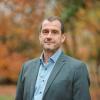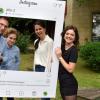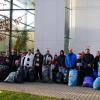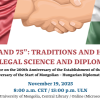Fast, efficient, smart: new database-driven software for cancer treatment
2024
Sep
11
He works part-time as a professor at the Department of Biophysics at the University of Pécs Medical School, and has been working for 25 years in the field of oncology, including the bioinformatics side of oncology and the development of a related software. The latter has a great international impact at both citation and user level and will in the long term facilitate personalised therapy for oncology patients! In addition, two pieces of software related to a research and a science metrics have been developed under the spit of this invention. We spoke to Dr. Balazs Győrffy, who is also a rector's advisor, about his research.

What do your programmes do?
Our software aims to automate the time-consuming processes of clinical research. For example, if someone discovers a new biomarker that can be used in oncology - a biomarker is an objectively measurable biological parameter - we can use our software, which aggregates data from millions of patients, to tell whether or not a therapy based on that biomarker will work for a patient with a particular type of tumour, or at which stage of the tumour type a therapeutic effect can be expected. Just being able to say that it won't work is a big advantage, because then another therapy will have to be used in that group of patients. It is well known that many drugs in oncology have low effectiveness - if a biomarker is also available, the effectiveness can even increase twentyfold!
The essence of our research is to help identify biomarkers clinically, without the researcher having to collect patient data, seek ethical approval, etc. It is also important in this regard - and this is also a guideline of the FDA, the US drug regulator - that only drugs that can be linked to a biomarker can be approved.
Unfortunately, before the reader even thinks about calling us for help, we need to make it clear that we are not dealing with individual patients, but giving clinicians and researchers the tools to do so.
So, if a clinician is looking at a specific sample of a particular patient, he or she can draw conclusions by plugging into this software, which is actually built on a big data data package. Am I understanding this correctly?
Actually, yes. We contribute to the testing of new active substances or drugs that focus on a specific target group. This can be an important aspect, as it is an unnecessary waste of time, energy and money if the data show that the tumour will not respond. This is one of the things we are working on.
Where do they get the data from?
We rely to a small extent on our own database, but mostly on existing databases, from which we compile a large one. The databases available are complex because each clinical trial looks at a different aspect of the patient: sometimes they look at how old they are, what sex they are, what stage their tumour is, sometimes they just focus on the size of the tumour. This results in a lot of data that is not comparable - and I think it is detrimental that there are no standards for this.
In the field of oncology, we currently have one of the largest databases available for public use.
So, for example, just in the group where we tell the difference between normal and tumourous tissue, we have 60,000 patient records, we are now working on a system where we have recorded one million patients. The software is available to any specialist, and analyses based on the data can be downloaded.
How measurable/proven is your contribution to the success of research and treatment?
What is quantifiable in our case is the number of patents that have used our software, the number of references to it - there are currently more than 200 patents! We are very proud of that!
And this is just one of the packages of the software we're developing. The second direction is not focused on oncology, but helps to perform so-called statistical tests, including multiple hypothesis tests, which can be used in clinical trials, basic research, but also in physics, chemistry, biology; and meta-analyses, from which we can now also perform automated statistical analyses. The third, which has evolved from this, is a science metrics direction: a platform called Scientometrics, which measures the scientific performance of researchers (our separate article on this topic is coming soon!)
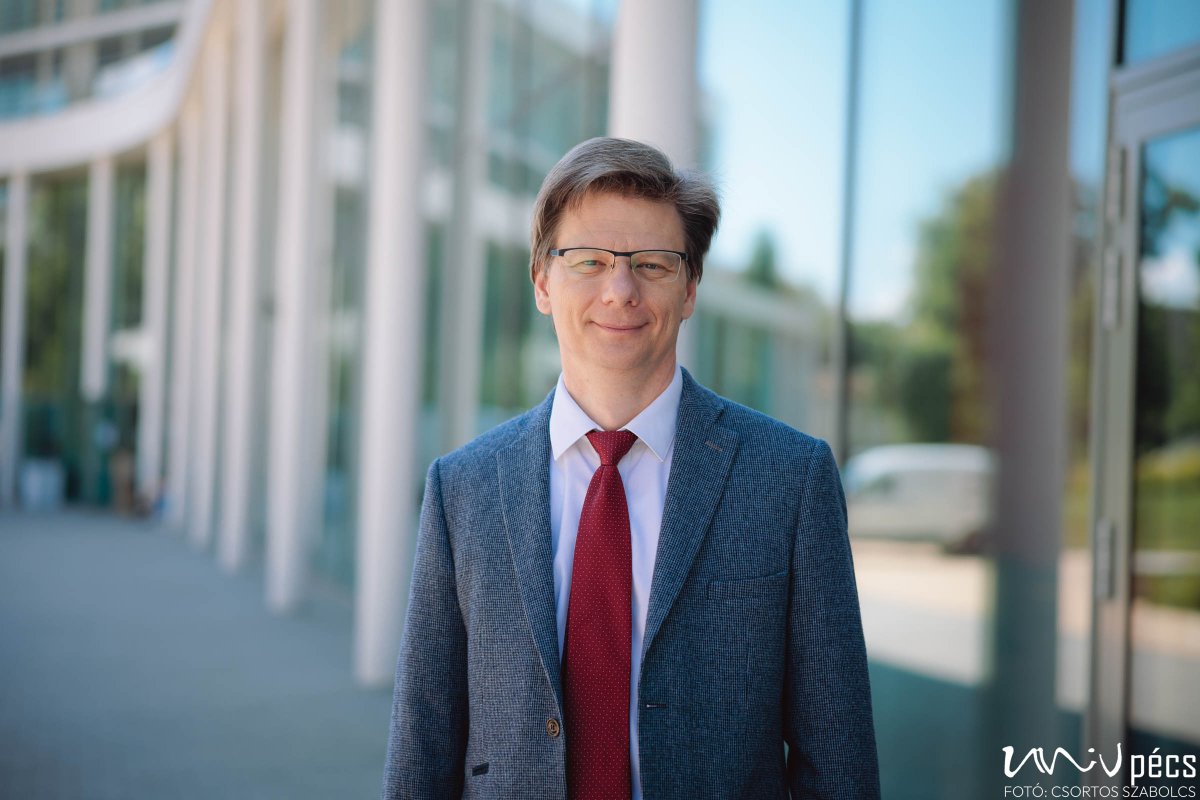
Am I right in understanding that you have developed a background for the meticulous but automatable steps that would hold back scientific research?
When someone is doing basic research or a clinical trial and finds a promising gene, they are in the dark. To do a serious study, you need to get ethical approval and funding, gather enough patients to do the trial, run the trial, publish the results - and ten years have passed!
If you sit down in front of our software, you can see which patients had this gene, who were affected and what happened to them. In fact, you get an answer as to whether it makes sense to deal with it or not.
It is particularly fortunate if, for example, you have ten biomarkers that might be optimal for developing a drug - it would be almost prohibitively expensive to search through that many - but if you know that eight of them are definitely not working, you can focus on the remaining two.
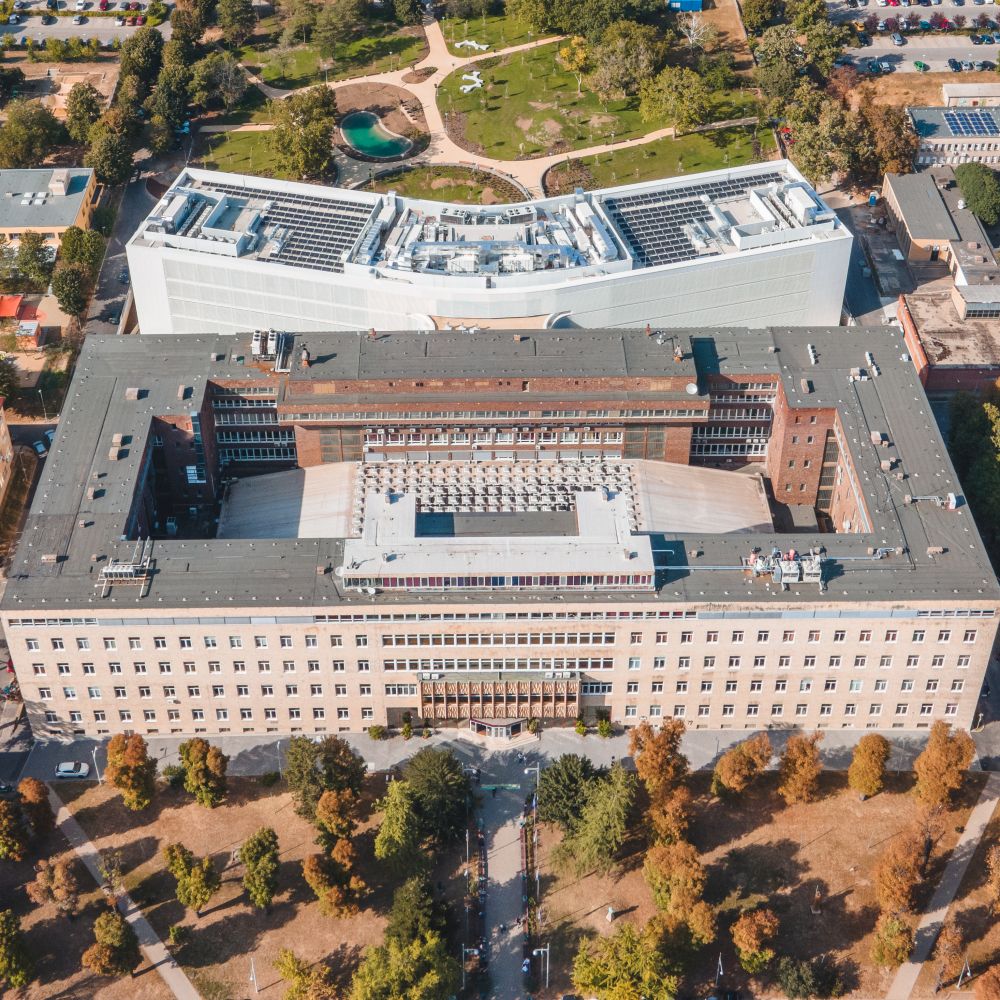
Where did this idea come from?
I graduated as a doctor, and at the end of my PhD I worked in a laboratory in Germany, and I realised that we don't see beyond the specific case, beyond the specific measurements, we don't deal with that. Because I was a bit more computer literate than the others, I was given the task of creating the database for the basic research I was involved in at the time. So, around 2004-2005, the first one was created, and it grew from there.
I was working with more and more experts, but after a while we realised that it would be nice to have a software version that would allow everyone to search for the data that was relevant to them, without my personal involvement.
This was in 2009-2010. Today we not only maintain this system, but we have a list of databases that we would like to create in the future. The bottleneck is researchers with an interest in bioinformatics, but we need to have a team of people who are experts in statistics, who can formulate a database from this, who can manage the web presentation of this, validate and compare, check the databases - we need a large team with the right expertise.
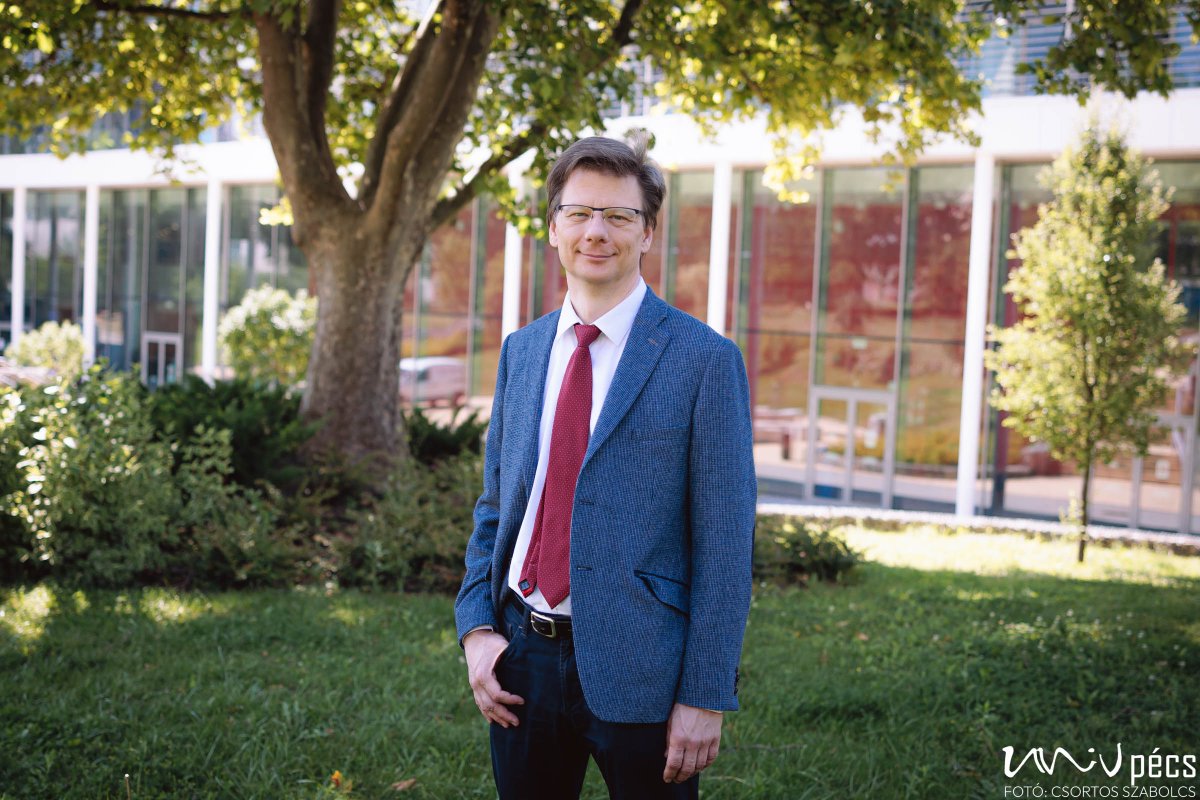
How did you get involved in oncology?
During my university studies, I worked on endocrinology, and I participated in the Science Students' Circle. I started my PhD in clinical medicine and then got an opportunity to work in oncology. Fortunately, with the development of medicine, there are now diseases that are hardly challenging to cure. Unfortunately, the field of oncology is not one of them: statistics show that life expectancy after diagnosis of many cancers has hardly changed significantly since the 1950s. Although diagnostic tools have improved considerably, if there is no adequate and rapid treatment, it does not help patients. And the effectiveness of drugs is still very low: although some drugs are effective, they only work for a small proportion of patients. That is why I chose this field.
My personal vision is that there will come a time when someone who has been diagnosed with cancer will not be operated on, but will be given some personalised pills and that will be it.
When will medical knowledge get to this point?
Unfortunately, this is time-consuming, but we are already seeing that there are treatments that have been successful in curing the patient with the right choice of drug therapy.
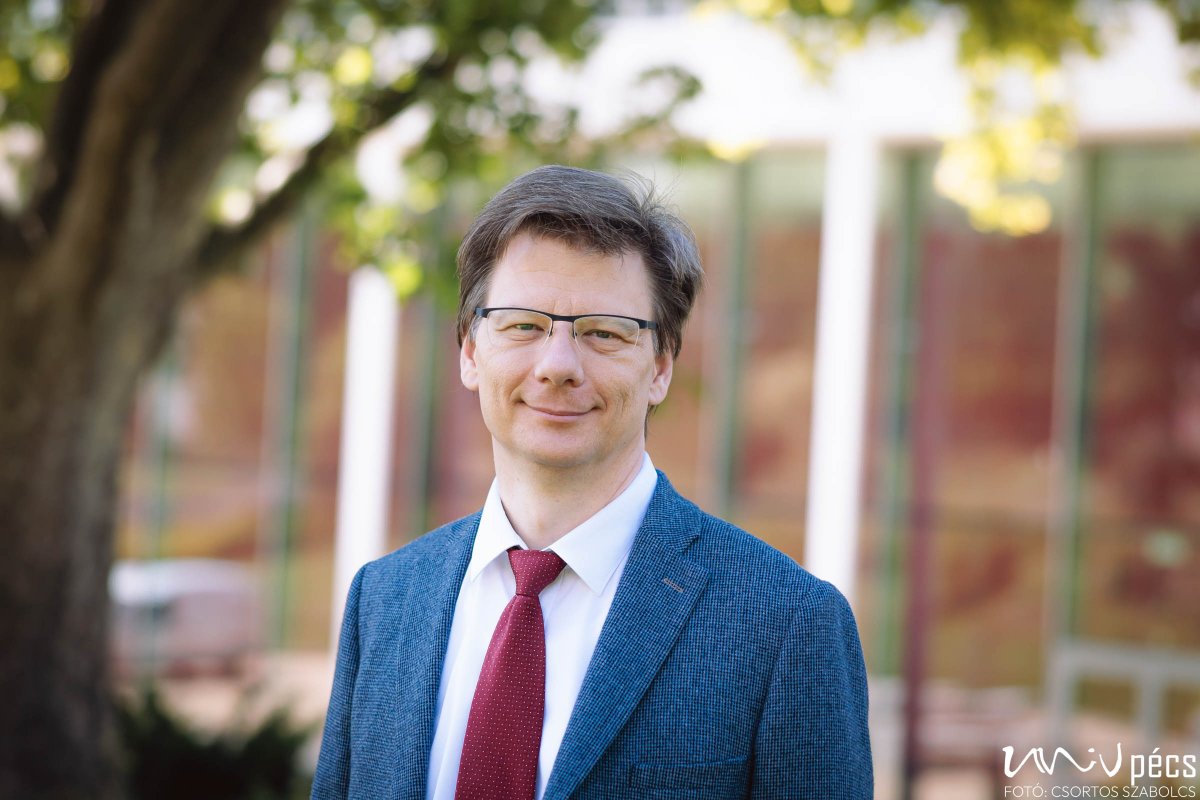
But new software can speed up personalised therapies.
Yes. Today, it is possible to take the tumour apart into individual cells and look at each cell individually and see how they interact. It's a very large amount of data, a lot of work. In addition, the immunological direction is evolving: we want to be able to query who can receive immunotherapy and which one is appropriate; and the clinician who is developing a new type of immunotherapy, which target proteins should or should not be targeted.
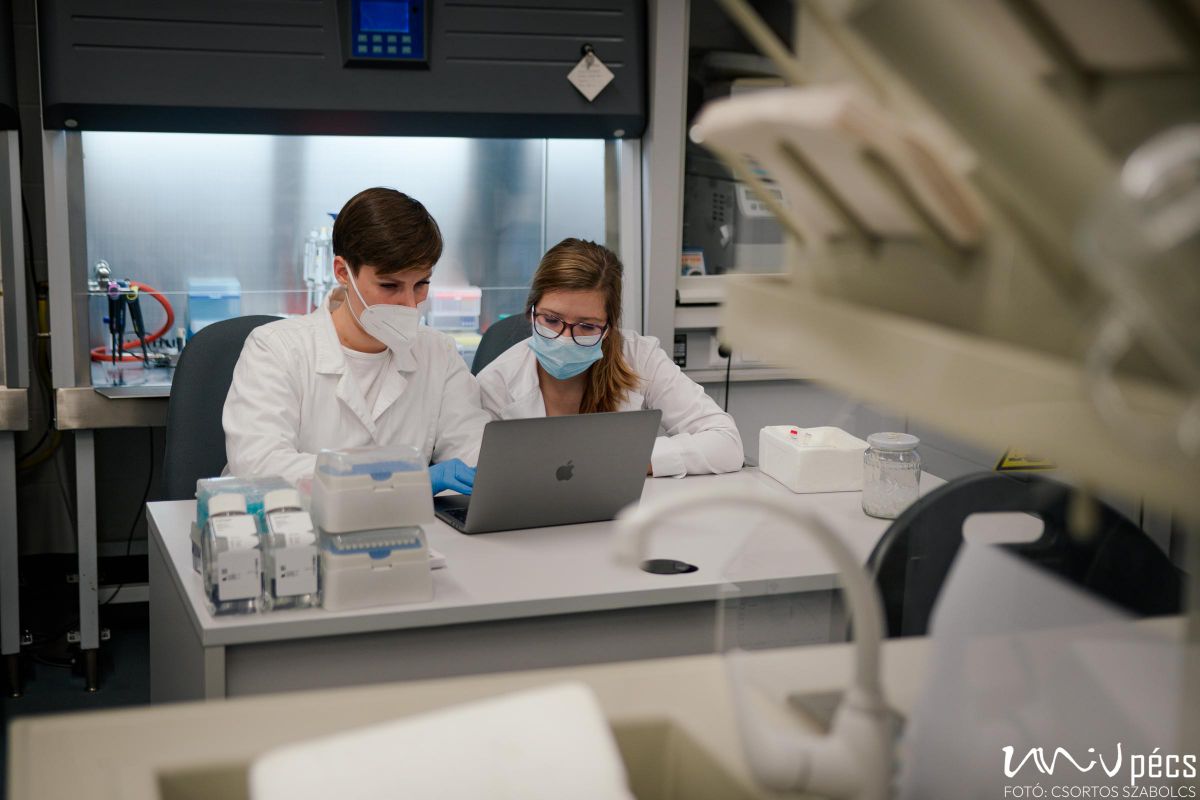
Are there any competitors?
There is software that deals with a specific segment that we also deal with, but
we have a very big advantage over them: we have been working in this area for 15 years.
We started to develop the first such software in 2009 and released it in 2010. Since then, we have been developing more and more similar software at an accelerating pace. With our software, it's almost only after the release that the work starts, users start using it, feedback comes in, we improve it, add more and more features. The continuous improvement is partly made possible by the many positive feedbacks from users.
- Log in to post comments
University of Pécs | Chancellery | IT Directorate | Portal group - 2020.


